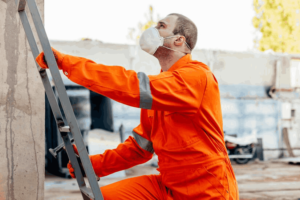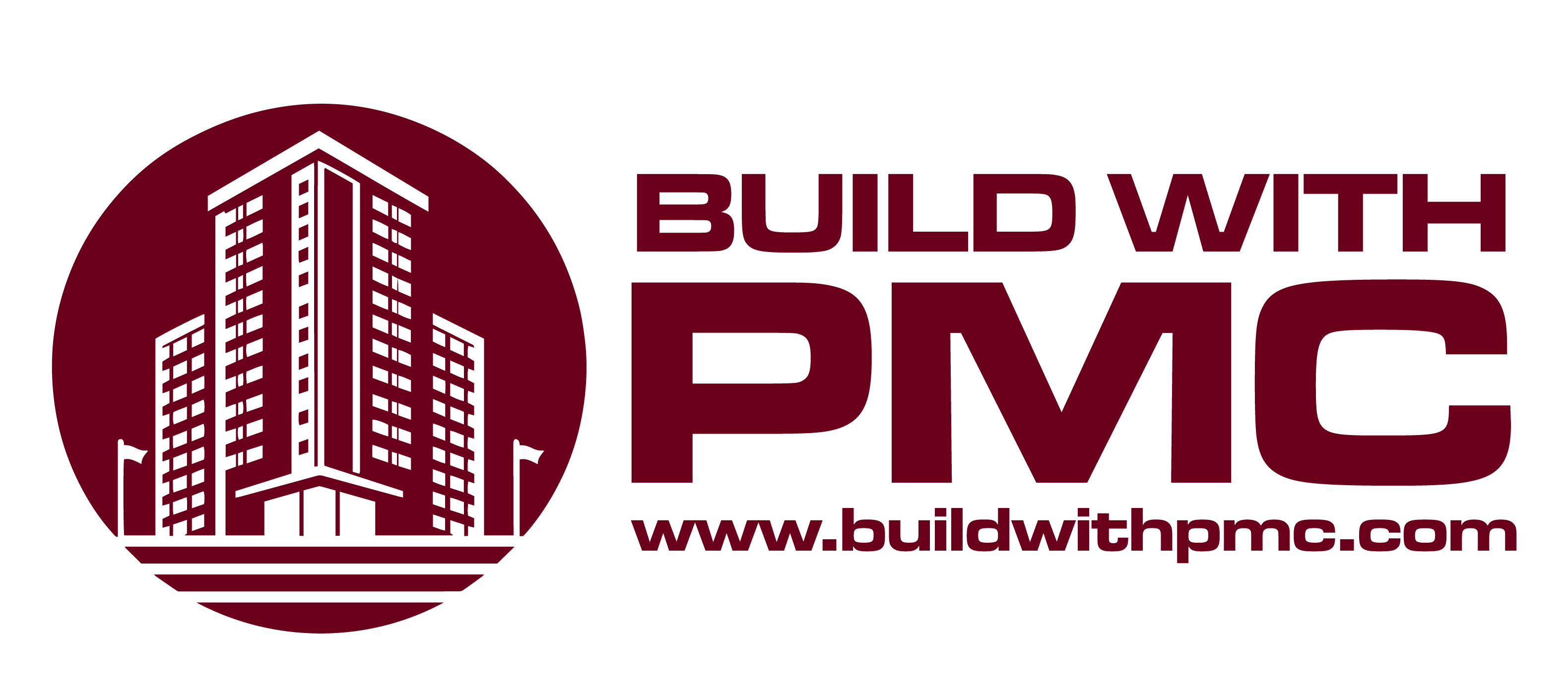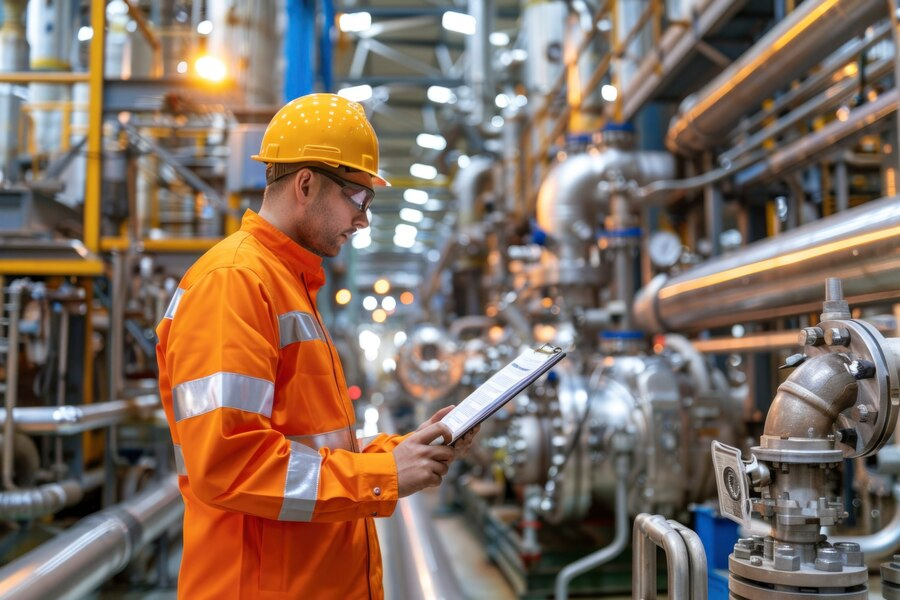In the bustling rhythm of urban life, it’s easy to overlook the exterior maintenance of buildings. Yet, neglecting this crucial aspect can lead to costly consequences both aesthetically and structurally. From towering skyscrapers to humble residential homes, regular exterior maintenance is paramount for preserving the integrity and appearance of any structure. In this blog post, we’ll delve into the significance of prioritizing exterior building maintenance. We’ll explore how routine upkeep not only enhances curb appeal but also safeguards against deterioration caused by weathering, pollution, and wear-and-tear. Whether it’s repainting facades, repairing cracked concrete, or clearing gutters, every task contributes to the longevity and functionality of a building.Join us as we uncover the hidden benefits of proactive maintenance and discover why investing time and resources into caring for the exterior of buildings is a wise decision for property owners and communities alike.
Green Building, Green Practices: The Environmental Benefits of Exterior Maintenance
In an era where sustainability is paramount, every aspect of building management is under scrutiny for its environmental impact. While green building often focuses on energy efficiency and materials, the significance of exterior maintenance in environmental stewardship is often overlooked. In this blog post, we’ll delve into the often-unseen ecological advantages of regular exterior maintenance practices. From eco-friendly cleaning methods to biodiversity promotion, discover how maintaining the outside of your building can contribute to a greener, more sustainable world.

Eco-friendly Cleaning Solutions
Traditional cleaning chemicals can have harmful effects on the environment, leaching into soil and waterways. However, by using biodegradable and non-toxic cleaning solutions for exterior surfaces, such as vinegar or hydrogen peroxide-based cleaners, you can minimize pollution and protect local ecosystems.
Water Conservation
Pressure washing is a common method for cleaning building exteriors, but it can be incredibly water-intensive. By incorporating water-efficient techniques, such as using low-flow nozzles and capturing rainwater for cleaning purposes, you can reduce water consumption and lessen the strain on local water supplies.
Sustainable Landscaping
The landscaping surrounding your building plays a significant role in its environmental impact. Opting for native plants that require less water and maintenance not only reduces resource consumption but also promotes biodiversity by providing habitat for local wildlife and pollinators.
Energy Efficiency
Overgrown vegetation can obstruct airflow around your building, leading to increased energy consumption for heating and cooling. Regular trimming of trees and bushes not only enhances the aesthetics of your property but also improves airflow, reducing the need for artificial climate control and lowering energy usage.
Stormwater Management
Impermeable surfaces like concrete and asphalt contribute to stormwater runoff, which can overwhelm municipal drainage systems and lead to water pollution. Implementing permeable paving materials and rain gardens around your building can help absorb and filter rainwater, mitigating the environmental impact of runoff.
Safety First: The Importance of Exterior Maintenance for Occupant Well-being
Ensuring the safety of building occupants is paramount for any property owner or manager. While interior safety measures are often prioritized, the exterior of a building plays a crucial role in occupant well-being. In this blog post, we’ll highlight the importance of exterior maintenance for maintaining a safe and secure environment for everyone who enters your property.
- Hazard Prevention: Regular exterior maintenance helps identify and address potential hazards such as loose siding, cracked pavement, or overgrown vegetation that can pose risks to occupants, visitors, and passersby.
- Injury Prevention: Maintaining features like handrails, staircases, and lighting fixtures reduces the risk of slips, trips, and falls, safeguarding occupants from injury.
- Security Enhancement: Well-maintained exteriors with functioning locks, properly sealed windows, and adequate lighting deter trespassers and intruders, enhancing the security of the building and its occupants.
- Emergency Preparedness: Exterior maintenance includes ensuring the accessibility and functionality of emergency exits, fire escapes, and evacuation routes, crucial for swift and safe evacuation in case of emergencies.
Prioritizing exterior maintenance is essential for protecting the well-being of building occupants.
Beyond Aesthetics: The Functional Benefits of Exterior Maintenance
While a well-maintained exterior undoubtedly enhances the visual appeal of a building, its significance extends far beyond mere aesthetics. Regular exterior maintenance plays a critical role in preserving the functionality and structural integrity of a property. In this blog post, we’ll delve into the functional benefits of exterior maintenance, exploring how proactive upkeep can prevent structural issues, improve safety, and ultimately save time and money in the long run.
Preventing Structural Damage
Exterior elements such as walls, roofs, and foundations are exposed to harsh weather conditions and environmental factors year-round. Through regular inspections and maintenance, potential issues such as cracks, leaks, and deterioration can be identified and addressed promptly, preventing more extensive—and costly—damage to the building’s structure.
Extending Lifespan
Just as routine maintenance prolongs the life of a car, regular exterior maintenance can significantly extend the lifespan of a building. By addressing minor issues before they escalate, you can prevent premature wear and decay, ensuring that your property remains in optimal condition for years to come.
Protecting Against Water Damage
Water infiltration is one of the most common causes of building damage, leading to issues such as mold growth, rot, and foundation instability. By maintaining features such as gutters, downspouts, and exterior seals, you can prevent water from seeping into the building envelope, safeguarding its structural integrity and indoor air quality.
Enhancing Safety
Neglected exterior maintenance can pose safety hazards for building occupants and visitors. Loose shingles, uneven walkways, and overgrown vegetation can increase the risk of slips, trips, and falls. By regularly inspecting and repairing exterior elements, you can create a safer environment for everyone who enters your property.
Improving Energy Efficiency
A well-maintained exterior can contribute to improved energy efficiency and lower utility bills. By sealing gaps and cracks, installing energy-efficient windows and doors, and maintaining insulation, you can minimize heat loss in the winter and heat gain in the summer, reducing the workload on heating and cooling systems.
Conclusion
The importance of regular exterior building maintenance cannot be overstated. Not only does it enhance the aesthetic appeal of a property, but it also ensures the safety and longevity of the structure. By addressing issues promptly and proactively, property owners can avoid costly repairs and potential hazards, while also preserving the value of their investment. Whether it’s routine cleaning, painting, or repairs, investing in exterior maintenance is a smart decision for any property owner.
For more information on how PMC INC can assist you with your exterior building maintenance needs in Southern California, please don’t hesitate to contact us at 562-905-3101. Our experienced team is dedicated to providing top-notch services tailored to meet your specific requirements. Let us help you keep your property looking its best while ensuring its structural integrity for years to come.




